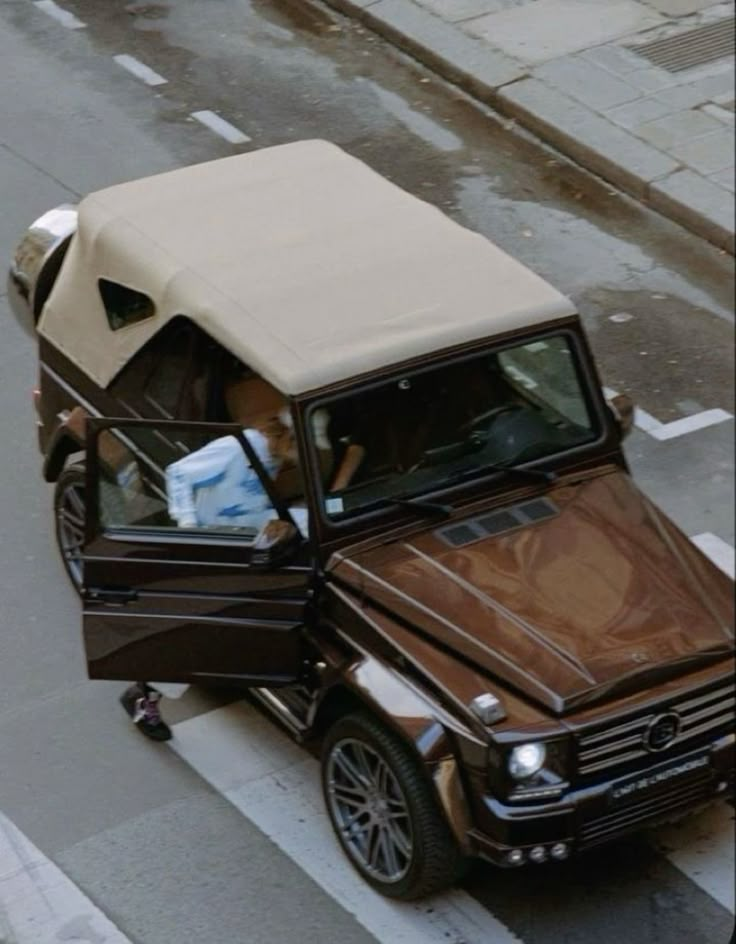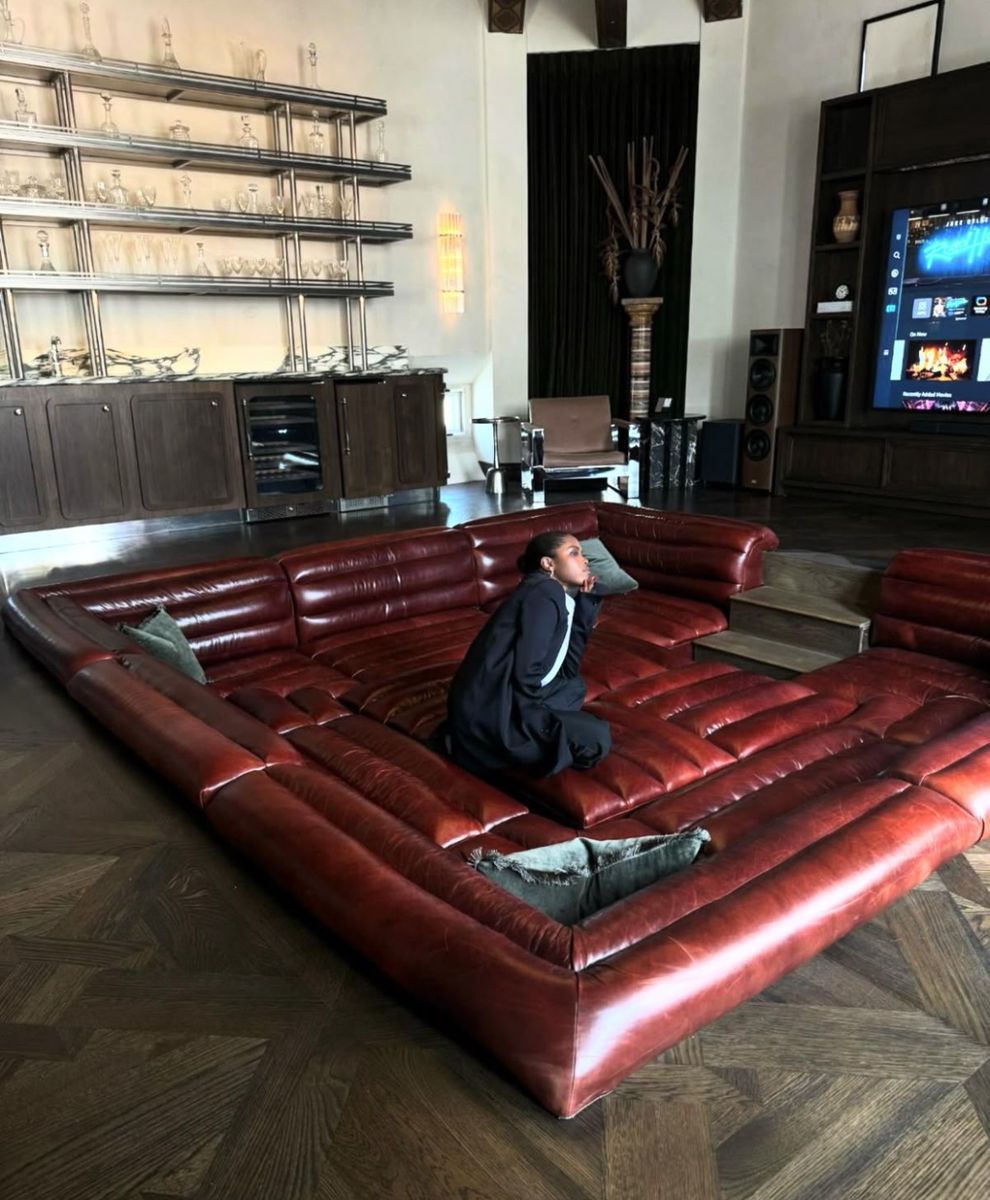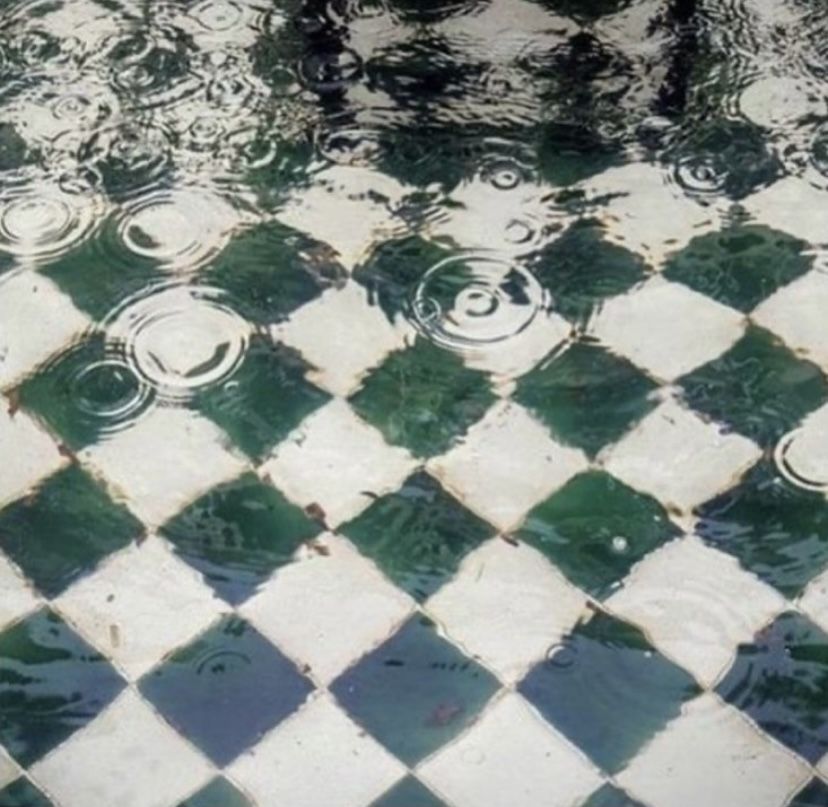There’s something undeniably magnetic about a vintage car in a campaign image. It could be a dusty Porsche parked outside a desert motel, a cherry-red convertible cruising the Amalfi Coast, or a grainy photo of a 1960s Mercedes framed by palm trees — and just like that, you're sold. On the car? Maybe. But more often, you’re sold on the feeling.
Vintage cars are everywhere in marketing — and for good reason. They don’t just look good. They say something. About freedom, about taste, about romance, about time. And whether or not you’re a car person, you feel it.
Why brands keep coming back to vintage cars:
They evoke timelessness
Vintage cars symbolize enduring style — the kind that doesn’t chase trends but defines them. Brands who associate themselves with classic vehicles are subtly saying: “we’re built to last.” Think of Ralph Lauren’s use of old Jaguars and Bentleys — it’s all about timeless luxury, passed down.
They add instant character
A vintage car tells a story before the campaign even starts. A weathered Land Rover hints at adventure. A '70s Porsche whispers European cool. A Cadillac Eldorado screams Americana and excess. You don’t need a script — the car is the character.
They romanticize escape
So much of marketing is about aspiration — and what’s more aspirational than a long open road, hair in the wind, radio up? Vintage cars evoke freedom, independence, rebellion. Apple’s “Think Different” campaign even featured an old-school Beetle in early iterations — a nod to counterculture, quirk, and creative thinking.

Iconic campaigns that used vintage cars to perfection:
- Gucci Cruise 2020: Shot in Rome, featuring a 1970s Fiat 125. The car matched the clothes: loud, eccentric, romantic. It made the whole collection feel like a cinematic still from an Italian road trip.
- Dior Homme Spring 2004: Helmut Lang’s minimalist vision was paired with a silver Porsche 911 in the desert. The campaign felt stark, directional, and endlessly cool. A masterclass in restraint with a hint of rebellion.
- Levi’s “Go Forth” Campaign: Full of grainy Americana, beat-up Chevys, and wanderlust energy. The cars weren’t props — they were metaphors for youth, freedom, and the rugged optimism Levi’s wanted to sell.
- Kate Moss x Equipment: Shot in the English countryside, leaning against an old Land Rover Defender in a silk blouse. The juxtaposition of rough and refined made the whole campaign feel quietly iconic.
Why it still works today:
Vintage cars tap into the visual language of nostalgia — and nostalgia sells. In a digital age that’s hyper-filtered and fast, these analog symbols of slower times feel grounding. They're tactile, soulful, cinematic. They're not just about aesthetics — they’re about emotion.
So no, the campaign isn’t really about the car. It’s about what the car unlocks. Memory. Mood. Movement. And that’s what great marketing does — it gets you to feel something before it gets you to buy something.
Even if it’s just an iced latte in the passenger seat.
It’s about what the car unlocks. Memory. Mood. Movement. And that’s what great marketing does
Even if it’s just an iced latte in the passenger seat.


